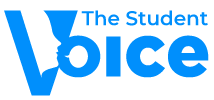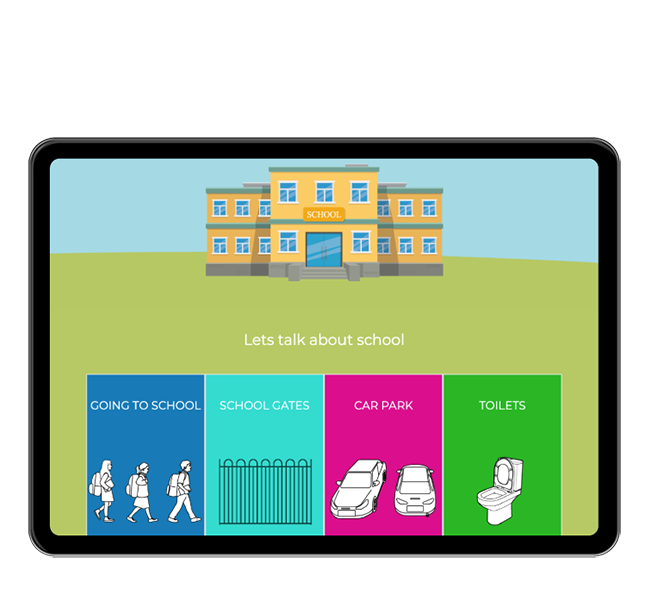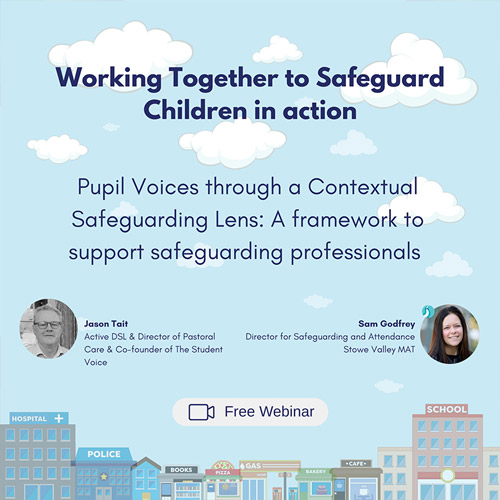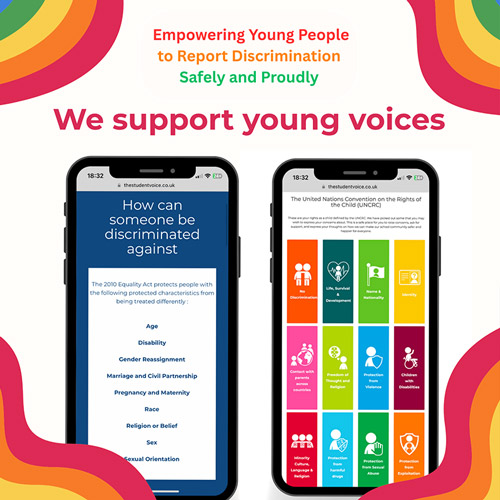Lundy Model: From Student Voice to Student Participation
“Meaningful student involvement is the process of engaging students as partners in every facet of school change for the purpose of strengthening their commitment to education, community and democracy.” – The Guide to Student Voice by Adam Fletcher
As an educator with 25 years of experience one of the undoubted benefits is the time that a summer break can provide. Those weeks away from school allow the opportunity for rest, reflection, growth and ultimately re-birth when the new school year beckons.
This summer is no different as we try to comprehend the impact of the pandemic on our communities and take in the full extent and ramifications of Ofsted’s review of sexual abuse in schools and colleges.
The impact of Covid-19 and the findings of the Ofsted review have reaffirmed two fundamental aspects of contextual safeguarding:
- The need to place students at the centre of all that we do through providing them with the opportunity to use their voice
- The expectation that we fulfil our responsibility to listen to and understand the life experiences of the young people under our care.
Get our blogs sent straight to your inbox.
The Lundy Model of Participation
Although providing students with a voice that will be heard is obvious and central to any safeguarding culture; how this is effectively achieved is not always clear or understood.
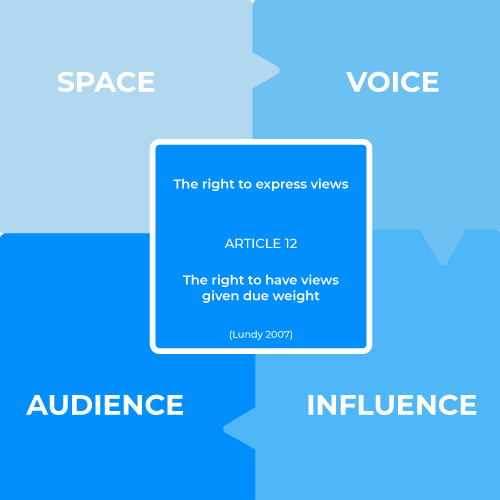
(Lundy Model of Participation, Department of Children, Equality, Disability, Integration and Youth, Hub na nÓg and Professor Laura Lundy of Queens University, Belfast, 2017)
Over the course of the next four weeks, we will run a weekly blog series that seeks to link the Lundy Model of Participation to The Student Voice Contextual Safeguarding tool. The framework is based on the child-rights model of participation developed by Professor Laura Lundy, Queens University, which provides guidance for decision-makers on the steps to take in giving children and young people a meaningful voice in decision-making. The framework supports schools and organisations to improve their practice in listening to children and young people and giving them a voice in decision-making. It is underpinned by:
- The United Nations Convention on the Rights of the Child (1989)
- The United Nations Convention on the Rights of Persons with Disabilities (2006)
Participation with purpose means that when children and young people are involved in decision-making, their views are listened to, taken seriously and given due weight with the intention of leading to an outcome or change. The framework gives guidance on implementing participation with purpose by explaining:
- What participation is and what it is not
- How to involve children and young people in decision-making
- How to ensure the involvement of seldom heard children and young people in decision-making
- How to follow-up and give feedback to children and young people
- How to be realistic with children and young people
The Lundy Model Four Elements
The model has four elements which have a rational chronological order, and we will dedicate a weekly blog to each section of the model:
SPACE: Children must be given safe, inclusive opportunities to form and express their view
VOICE: Children must be facilitated to express their view
AUDIENCE: The view must be listened to
INFLUENCE: The view must be acted upon, as appropriate
We look forward to going on this learning journey of reflection as we continue to seek ever more effective ways of developing strong safeguarding cultures that seek to address and prevent future harm.
Youtube: Professor Laura Lundy talks about Enabling the Meaningful Participation of Children and Young People Globally
